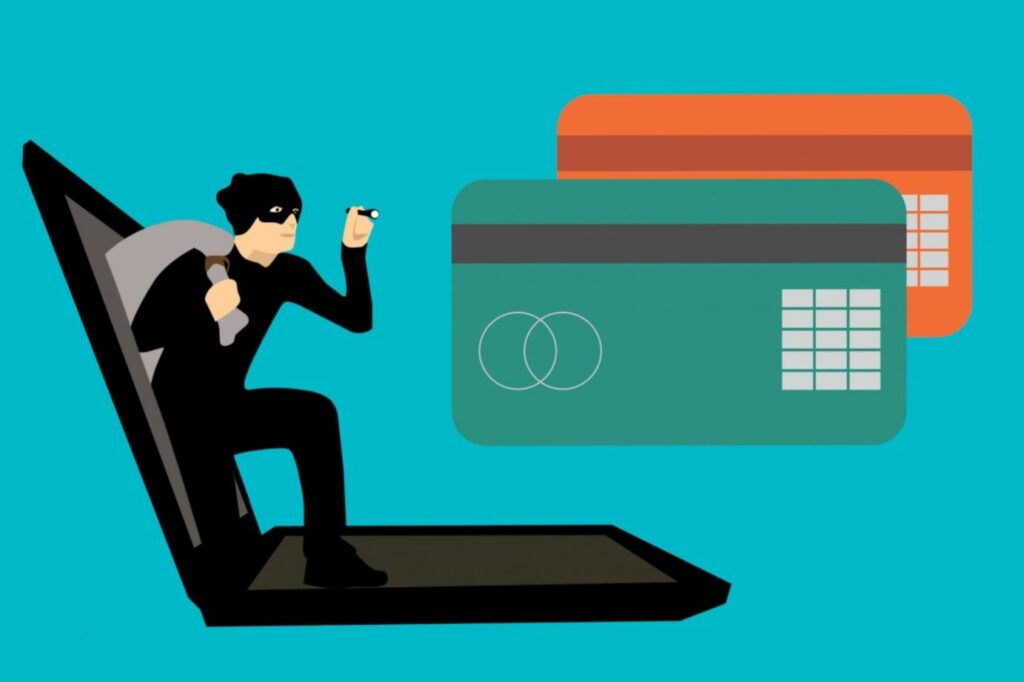

CHARGE -BACK

As a business manager you’ve worked hard to generate value, offering the right products and services to the right audience at the right time. You want to solidify your victories and look ahead to a prosperous future.
That makes chargebacks a sensitive topic. A chargeback is the process of a customer’s card issuer returning a payment transaction back to the merchant as in some manner invalid. When a card issuer submits a chargeback the amount of the disputed transaction is deducted from your merchant account, in addition to any applicable fees.
Chargebacks are not always popular among merchants. That’s understandable—you never want a win to become a loss. Yet chargebacks play an essential role by mediating the inevitable disputes that arise between businesses and their customers.
This brief overview explains chargebacks explains a few basics about chargebacks that every merchant should know.
Why do chargebacks occur?
Chargebacks can occur because of fraud, customer disputes, merchant error and other reasons.
Chargebacks are often a clear manifestation of fraud. Fraudulent criminal activity related to the use of payment cards represents a costly menace to businesses, consumers and the financial system as a whole. Criminals fraudulently obtain the credentials of legitimate and then make unauthorized purchases with the stolen credentials. A chargeback begins when the fraud is discovered.
There are other types of fraud as well, including so-called “friendly” fraud. “Friendly” fraud is when a customer knowingly files a chargeback for legitimately purchased goods or services. There is nothing friendly about this intentional abuse of the chargeback system.
Many chargebacks are simply the result of miscommunication. Sometimes merchants could have communicated better; a confusing, misleading or unrecognizable business name that a customer doesn’t recognize on their statement can lead to a chargeback. Other times the customer is the confused party, like when a spouse or child may have made a charge the cardholder simply didn’t remember.
Other types of chargebacks act to arbitrate customer dissatisfaction with products and services. Chargebacks are designed in this way to protect customer from unscrupulous merchants. The chargeback process ultimately helps everyone by helping to enforce fairness whenever business, their customers and financial institutions conduct electronic payment transactions.
What’s the best response to chargebacks?
Businesses have responsibilities but also many rights associated with chargebacks. These rights and responsibilities are typically articulated in your merchant services agreement and are meant to offer protection and fairness to everyone. The chargeback process offers businesses like yours clear and well-defined paths to dispute chargebacks where appropriate.
A representment is your opportunity as a merchant rebuttal to a chargeback, sent back to the issuer for review. This is the process where you as a merchant can respond and present evidence to the issuing bank to prove the chargeback isn’t warranted.
A retrieval request is a request for transaction information (such as a sales receipt, invoice, or contract) for a specific payment transaction. Retrieval requests can occur whenever an issuer or card network needs more information, like when a cardholder doesn’t recognize a transaction on their billing statement.
Be prepared to respond to chargebacks by keeping good records and required proper authenticating data at the time of purchase. When you receive a request for information related to a disputed transaction, make sure you respond quickly and within the required timeframe.
A pre-arbitration or second chargeback can occur if the issuer does not agree with your representment. Arbitration can occur when the issuer continues to dispute the case and does not accept the previous representment, pre-arbitration response, or second chargeback response. At this stage the card brand will determine financial liability between members.
How can my business prevent chargebacks?
Preventing chargebacks starts with a familiarity and organizational understanding of the chargeback rules and procedures of the major card brands that govern chargebacks, including the Mastercard Chargeback Guide, the Dispute Management Guidelines for Visa Merchants and the American Express Chargeback Guide.
Here are just a few of the many established practices for minimizing chargebacks:
- Clearly identify your business billing statement in a way customers will intuitively recognize
- Make the extra effort to educate your customers about cancellation and return policies
- Always obtain proper authentication, like customer signatures, PINs or CVV codes
- Adhere to all established security protocols for card acceptance
- Maintain detailed transaction logs
- Collect as much information as possible to verify the legitimacy of each transaction
- Ship all high-value orders with tracking numbers and delivery confirmation
Perhaps the most essential best practice to manage chargebacks is to partner with a payment processor that’s proven to make the process easy for businesses just like yours.
Connect with one of our payments experts to learn more about how your business can effectively manage the chargeback process. Find out how Worldpay helps protect what you’ve earned with secure transactions that minimize fraud and reduce risk.







